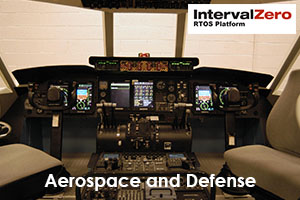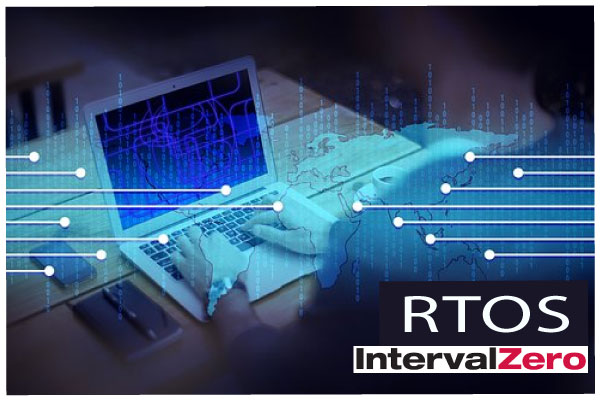Embedded RTOS Software for Military Defence, Aerospace and Avionics
The need for secure real-time operating system software and embedded computing security software for use in military embedded systems continues to rise due to increasing security concerns and threats. The IT sector has responded by designing numerous security innovations that are used to deliver protection at system and component levels. Connected security systems must integrate numerous capabilities to achieve absolute security, especially in hostile network environments. This may entail the use of layered security components that are integrated with capabilities that keep the components updated to ensure continuous service and application availability while retaining top security capabilities.
Aerospace and avionics systems have strict requirements for software and require the utmost security. Some of the most efficient aerospace systems deployed today utilize embedded virtualization technology that creates advanced partitioning strategies. Partitioning creates room for integration of several applications with the help of several operating systems within shared compute platforms. It also triggers support for legacy applications, facilitates the use of enterprise OS on traditional RTOS platforms, offers a basis for obsolescence management while systems evolve through their lifecycle, and decreases SWaP (size, weight and power) for next-gen system designs through platform sharing.
Support for modern hardware is also important for the aerospace and avionics sector. The RTOS must support the latest CPU and hardware technologies like the multi-CPU and multi-core systems. Additionally, with systems being consolidated to meet new size, weight, power and cost requirements (SWaP-C), support for the virtualized and partitioned systems is becoming critical among tactical defense systems.
As the demand for aerospace compatible operating systems increases, most next-gen systems should be expected to use multi-core processors and in some cases heterogeneous multi-core processors that are capable of combining top notch technologies offered by different silicon IP vendors into a single shared compute platform. System designers should pick the highest utility configuration from the processors that feature SMP, AMP, hypervisor or supervised architectures. The complexity displayed by these systems shows that early performance analysis and prototyping is paramount to enable optimal configuration of all processing applications and cores. This can be achieved through the utilization of advanced simulation environments. Above all, the RTOS must be in a position to react promptly to all real-time events and make decisions without relying on user intervention.
Aerospace and avionics require a layered security approach to critical components and systems. As a result, their RTOS should support safety certification, open standards, virtualization support and security features. If the systems in place are required to meet high security and safety assurance, system designers should have an effective strategy that fulfils this requirement, like an RTOS that comes with a commercial-off-the-shelf certification.

